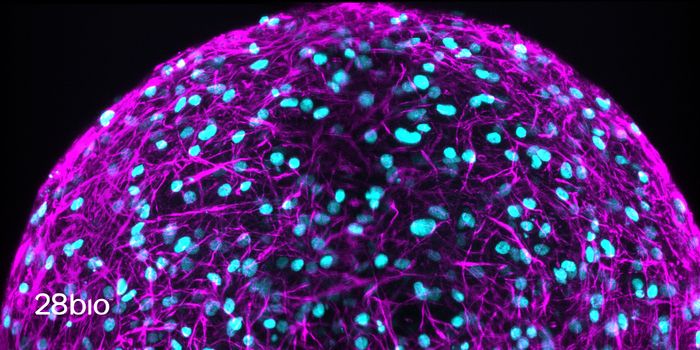Brain Drain: It's Real and Not What You Think
The lymphatic system is the body's way of keeping cells moving along. It's an integral part of the circulatory system as well as the immune system. Lymph is actually a clear fluid that carries immune cells to lymph nodes.
When the body is under attack from an infection the lymph system goes into gear by getting rid of the cellular waste of increased white blood cells that fight off infection. Lymphatic vessels were discovered in the brain in 1816, but no organized system was found, and research has largely ignored their existence.
New work from a team at the National Institutes of Health has shown that these vessels actually drain waste from the brain. The study is the first to show that there is an actual interaction between the brain and the immune system and that "brain drain" is a real thing.
Dr. Daniel S. Reich, M.D., Ph.D., is a senior investigator at the NIH's National Institute of Neurological Disorders and Stroke (NINDS) explained, "We literally watched people's brains drain fluid into these vessels. We hope that our results provide new insights to a variety of neurological disorders."
Using magnetic resonance imaging (MRI) scans, Dr. Reich and his team looked at lymphatic vessels located in the dura of the brain. The dura is a protective outer coating of the brain that sits between brain tissue and the skull. Dr. Reich saw a presentation by Dr. Jonathan Kipnis, a researcher at the University of Virginia and the author of a 2015 study that found evidence of drainage happening in the lymphatic vessels of the mouse brain. This study made an impression on Reich since his medical school training had been the standard theory that there was no lymphatic activity in the brain. Knowing that there was evidence of it in a mouse model spurred him to look for it in humans.
Reich used MRI scans of healthy volunteers. The study participants were injected with a dye called gadobutrol which is typically used to look for damaged blood vessels in patients with MS or cancer. The gadobutrol stayed in the dura because the molecules in it are small enough so it can leak out of blood vessels, but too large to fit through the blood-brain barrier and enter other parts of the brain. In essence, the dye was a Goldilocks solution, being "just right." It took a little tuning of the scanners to pick up the drainage, but it was worth the effort. With the correct settings, the researchers could see the dye in the dura leaking out of the blood vessels and passing into the adjacent lymphatic vessels.
In addition to the human studies, the team looked at autopsy studies of nonhuman primates to see if the lymphatic system was typical in the mammalian brain and they found evidence in these examinations that confirmed the results of the human studies. Dr. Reich and his team hope to continue the research to see if the draining is disrupted in patients with inflammatory neurological disorders like multiple sclerosis. The video below has more information on this important discovery; check it out.
Sources: NIH, Barts/London Neuroimmunology Group MS Blog, eLife









